
Rosa-what?
Say it with me: roe-zay-she-uh
Sure, it may sound like a dreaded rare skin disease, but it’s really not. In fact, you may even have it and just have no idea what it’s called.
Rosacea is neither serious nor permanent. This skin condition is treatable, and you can camouflage it under makeup like Behind the Scenes Concealer.
Curious and ready to learn more?
Read on to learn if you’re one of the millions affected by the enigmatic skin issue and what you can do about it.
What is Rosacea?
Rosacea is an inflammatory skin condition that affects people of all ages. Characterized by redness, flushing, and visible blood vessels on the face and other body parts, it can be chronic and difficult to manage.
This condition is so common that it affects more than 16 million people in the United States alone! However, women aged 30-50 with light eyes, fair hair, and pale skin are most vulnerable. Males and females who smoke and have a history of severe acne are at high risk too.
Symptoms of Rosacea include:
- redness on the cheeks, nose, chin, forehead, or eyelids
- small bumps, pimples, or acne-like breakouts
- burning or stinging sensations
- dryness, flaking, and peeling of facial skin
- enlarged pores
- swollen nose or eyelids
- flushing and warmth of the skin
The severity of these symptoms varies from person to person. If left untreated, Rosacea can lead to more serious problems such as rhinophyma (a disfiguring nose growth) and eye damage.
Thus, it’s critical to understand the root cause and the different treatment options for this skin condition.
What Causes Rosacea?
The most common sources are genetics, hormones, sun exposure, lifestyle choices, and certain skincare products.
There are many triggers for rosacea, but it is not always clear what they are, and they differ for each individual. Hence, it is important to take note of all your activities to figure out which ones are triggering your rosacea. When you can identify the culprits, it will be easier to avoid them and prevent flare-ups.
Yep, you read that right. Rosacea could be prevented!
Meanwhile, as you wait to determine your unique instigators, there’s no need to suffer. Treatments are available and easily accessible. These include essential oils, topical creams, oral antibiotics, laser treatment, light therapy, and surgery.
Rosacea Diet
Aside from the solutions mentioned above, a Rosacea diet can also help manage symptoms. Don’t worry. It is not as strict as it may seem.
Here are some general tips to follow to avoid exacerbating the symptoms:
- Drink plenty of water each day
- Avoid spicy food, alcohol, caffeine, chocolate, hot beverages, and dairy products
- Eat lots of vegetables, particularly kale, asparagus, and lentils
- Increase fruit intake, especially those in deep colours
- Add whole grains, nuts, seeds, and olive oil to your menu
- Munch on blueberries, blackberries, and cherries
Essential Oils For Rosacea
While many medical treatments exist for Rosacea, essential oils have gained popularity in recent years. Some examples of essential oils that help with this skin condition include lavender, tea tree, peppermint, and rosemary.
Essential oils for Rosacea reduce inflammation and redness while soothing irritated skin. They also have antibacterial properties, which can help decrease acne breakouts.
Topical Treatments For Rosacea
Dermatologists typically suggest creams or gels (OTC and the prescription kind) depending on the severity of the condition.
Here’s a quick brief on the most commonly recommended topical ointments.
Prescription Topical Drugs for Rosacea
- Oxymetazoline and brimonidine gels are prescribed for mild and moderate redness or flushing. Since these help by contracting swollen blood vessels, you’ll see results in 12 hours or less. And while that’s heartening, the results are temporary, necessitating a repeat application.
- Topical antibiotics, such as metronidazole and ivermectin, are recommended for Rosacea pimples and blemishes. Metronidazole takes 2-6 weeks to control those red bumps, but ivermectin could make you wait a bit longer than that, though its results last longer as well.
Non-Prescription Rosacea Creams and Gels
- Topical retinoids help clear clogged pores which cause inflammation and redness. Dermatologists prescribe them because of their anti-inflammatory properties. They are applied daily and show results in about four weeks.
- Azelaic acid is another topical formula that doctors recommend for whiteheads, redness, and blemishes associated with Rosacea. It is a twice-a-day treatment that shows results within 2-6 weeks.
Rosacea Light Therapy
This method uses wavelengths of light to treat Rosacea symptoms, such as reducing the appearance of facial skin redness and clearing up bumps and pimples. It may be used on its own or with other treatments for the skin condition.
Rosacea Light Therapy can be done at home or in a doctor’s office with one of these types of lights: blue light, red light, or intense pulsed light (IPL).
Blue light is often used for individuals with sensitive skin or who have had laser treatments in the past. Red light is for those suffering from more severe cases of Rosacea.
IPL, commonly known as photofacial, works best on light brown or pale skin. Dermatologists also recommend it for lightening sun spots, birthmarks, freckles, and scars.
The treatment involves placing a small device over the patient’s skin for about 15 minutes per day. Patients may also wear this gadget at home or work.
Yes, it is that simple. And in case you were wondering, no side effects have been reported thus far.
Laser For Rosacea
Laser treatment is an almost painless, non-invasive, outpatient procedure. It uses laser heat to diminish the appearance of blood vessels and redness.
These are the most commonly applied types:
Pulsed-Dye Laser: Also called Cynosure or V-Star, this is applied to the affected area and taken in by red blood cells. The heat breaks down the lining of inflamed blood vessels.
YAG Laser: This type of laser treatment reduces enlarged pores and excess tissue that makes the nose look swollen.
CO2 Laser: Sometimes referred to as Ablative Laser, it mainly targets the nose. It works by gently removing the dermis and applying heat to the epidermis. This facilitates the production of new skin.
Laser for Rosacea takes 2-8 sessions, depending on the severity of the condition. These sessions happen six weeks apart. After each session, the patient may experience one or more of these side effects: mild bruising, redness, rashes, tightness of the skin, and itching.
Makeup For Rosacea
Applying makeup is not a cure for Rosacea, but it can hide the blemishes between treatments.
If you’ve opted not to undergo any form of treatment, then makeup is a great way to correct your skin tone and shield your skin from sun exposure which can aggravate the condition.
However, you must carefully choose the cosmetics you put on those red bumps. Some brands might actually worsen your condition. We recommend the following:
1. Made in the Shade Mineral Powder Foundation
Providing full coverage in a sensitive skin formulation, this chemical-free makeup is the best foundation for Rosacea as it effectively covers up skin imperfections without standing out. With a wide array of colours, you’re sure to find one that blends well with your skin.
Compared to heavy and greasy liquid foundation, this powder version is lightweight and breathable. It contains antioxidants and provides SPF 25 protection against UV rays courtesy of zinc oxide and titanium dioxide. Plus, it’s non-allergenic, non-irritating, and dermatologist-approved. All this without talc, fragrance, or parabens.
2. Behind the Scenes Concealer
This smudge-proof and waterproof concealment makeup lasts all day even if you don’t apply a setting powder or spray over it. The palette comes in three colours you can mix to match your skin tone.
Suitable for all skin types, Behind the Scenes Concealer is weightless, non-greasy, and gives a dry matte finish. It is also hypoallergenic and cruelty-free.
3. Dermaflage Multi-Task Makeup Remover
When you are afflicted with Rosacea, you must be ultra-careful not only with the cosmetics you put on but also how you remove them.
Dermaflage Multi-Task, as the name suggests, does more than take off makeup. It cleanses, moisturizes, protects from environmental damage, and penetrates deep into the skin to prevent overproduction of excess oil.
Formulated with jojoba seed oil, olive oil, Squalene, and Vitamins A, D, E and K, this makeup remover is recommended for acne-prone and sensitive skin. With these ingredients, you can be sure that your makeup remover is gentle on your complexion but tough on bacteria.
Final Thoughts
After reading this article, if you suspect that your skin problems are actually Rosacea, we suggest that you see your derma right away. You already know it can be treated, and you have several options which are all safe and proven effective. So why prolong your suffering when relief is readily available?

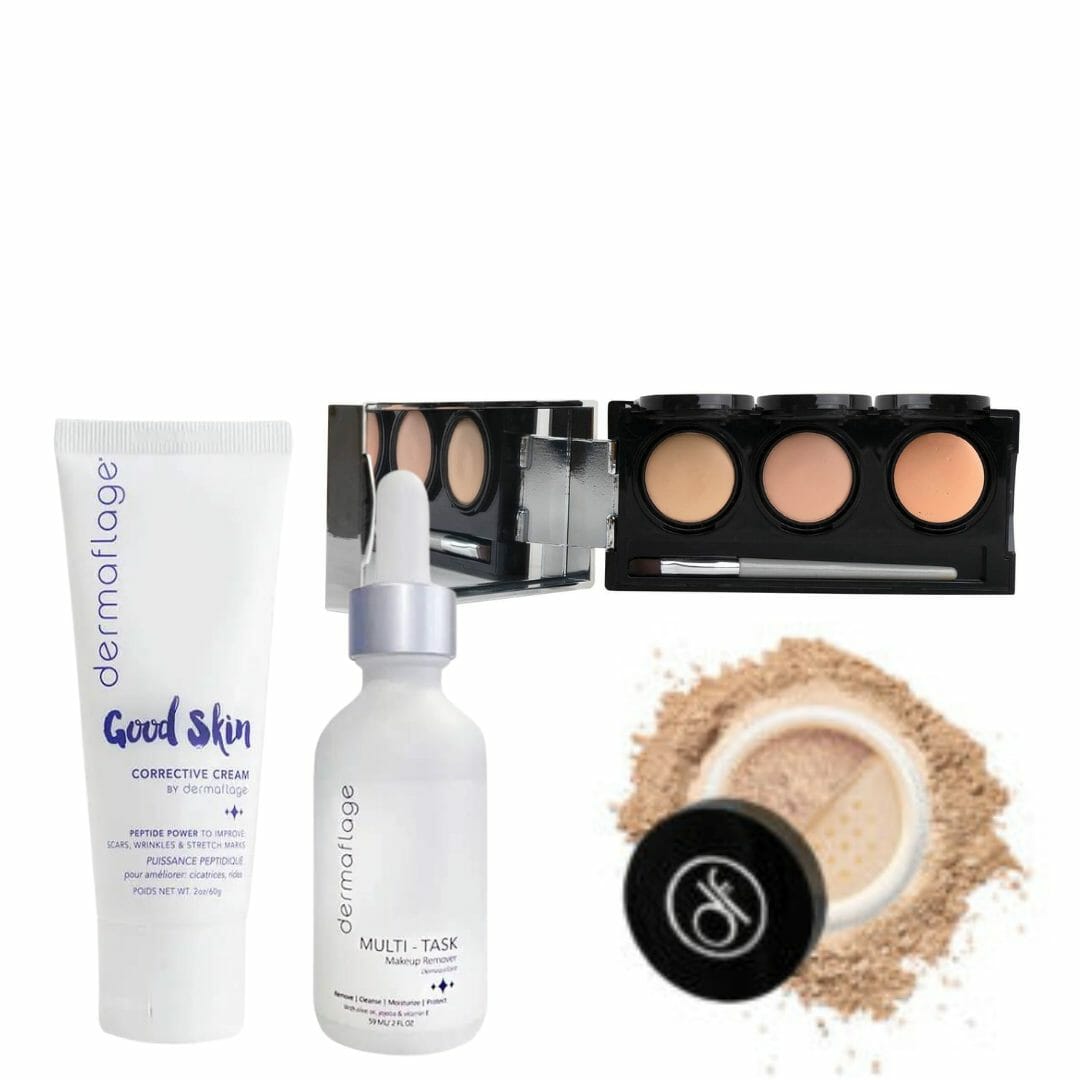
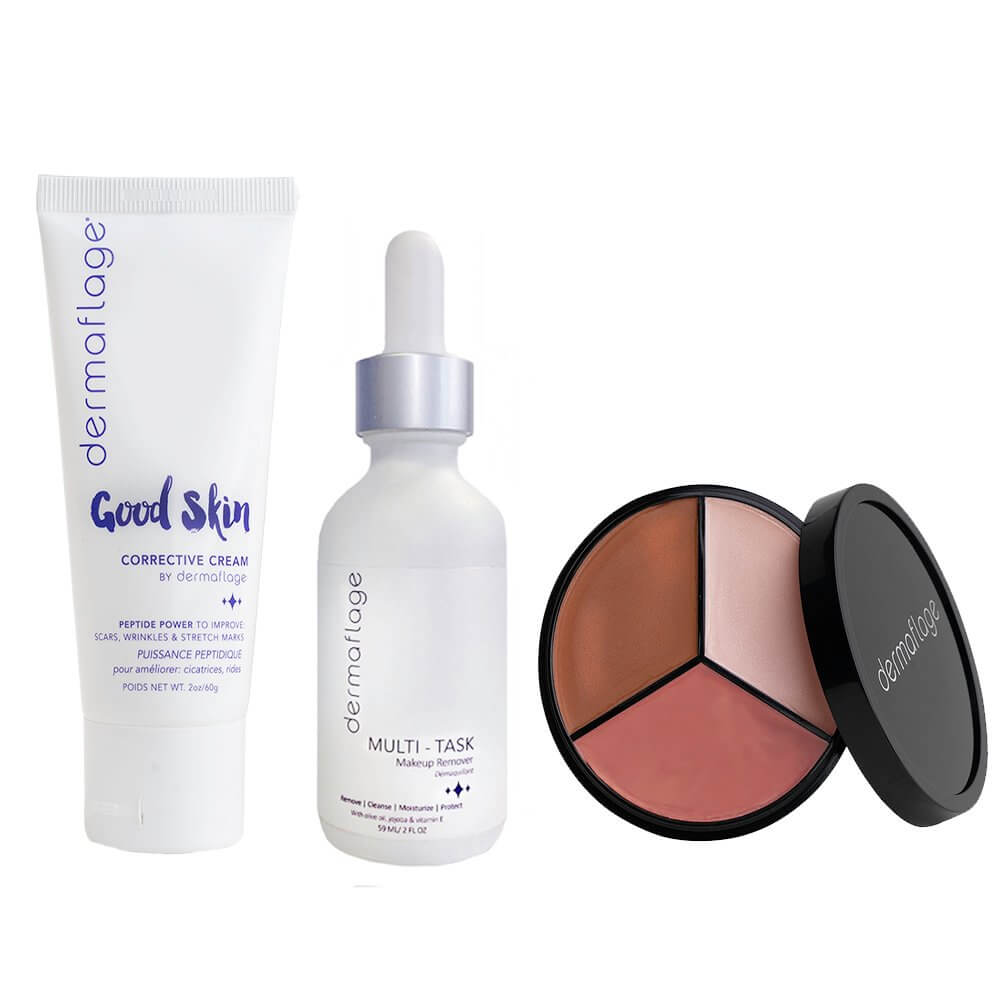

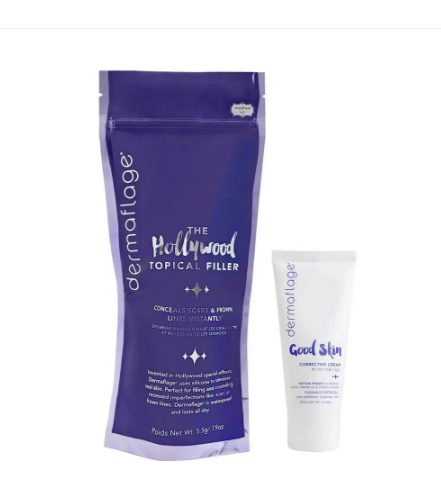


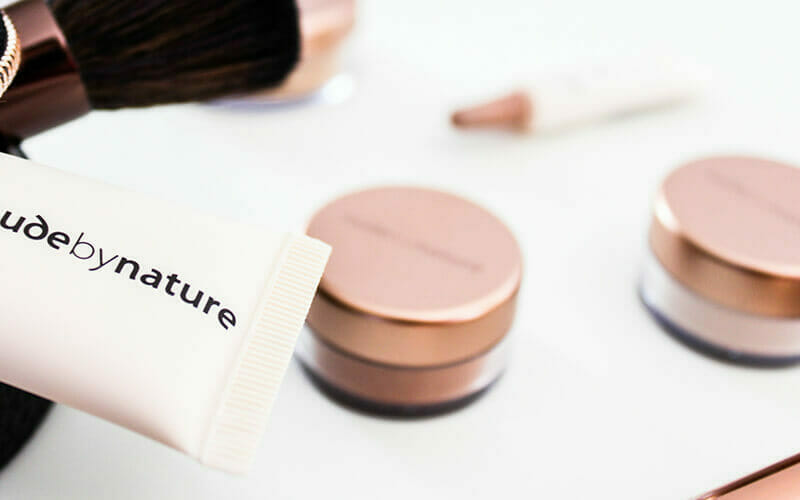

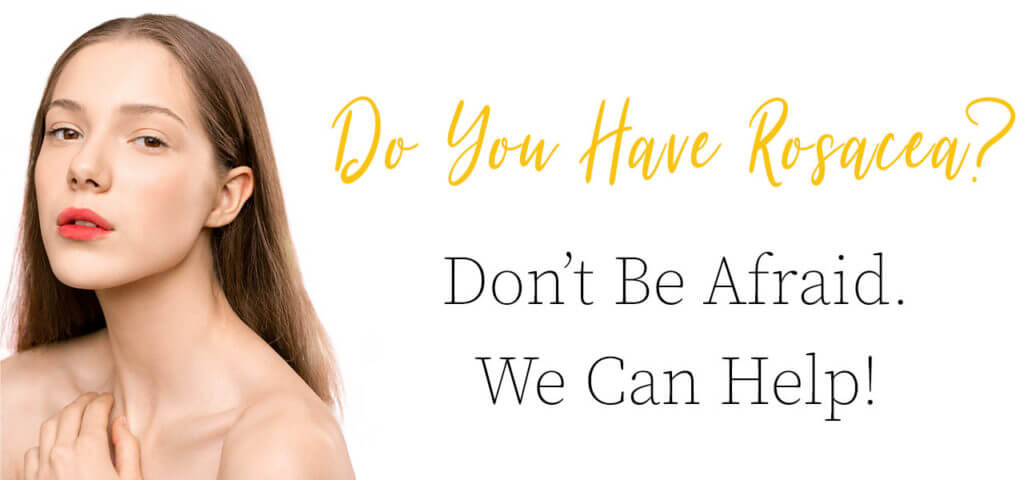






Leave a Reply
You must be logged in to post a comment.